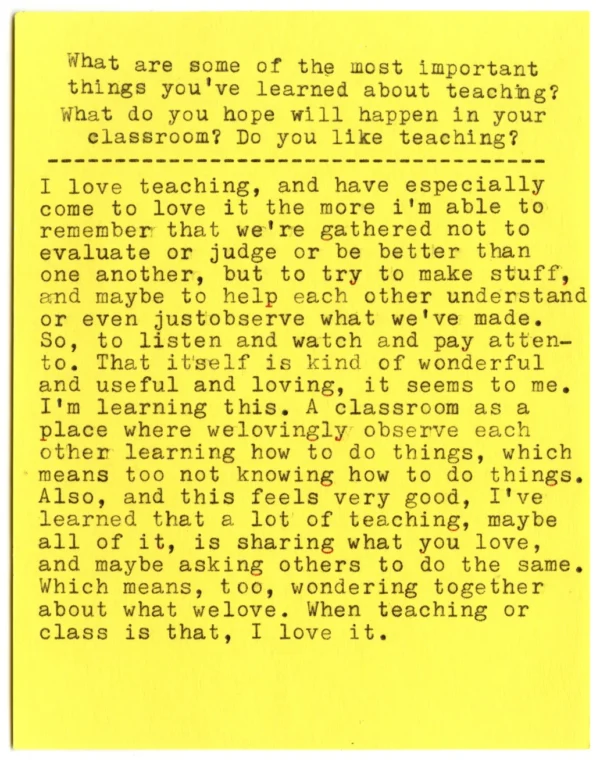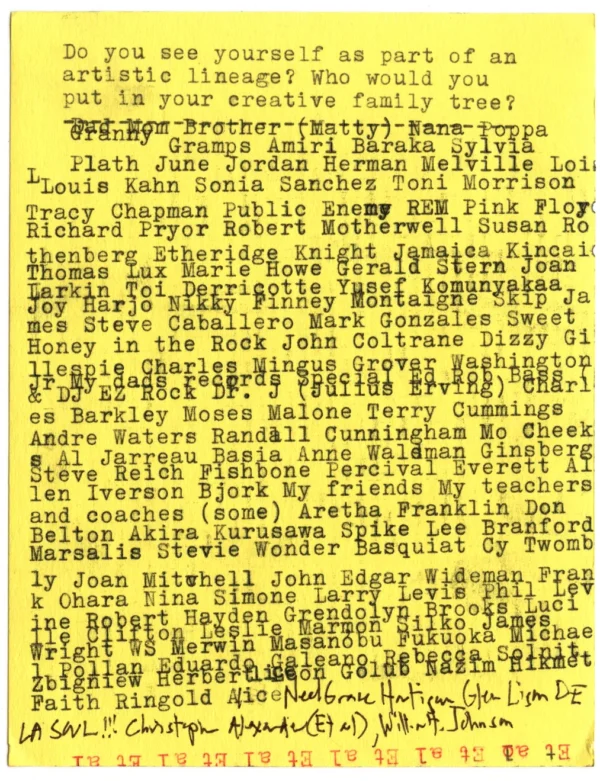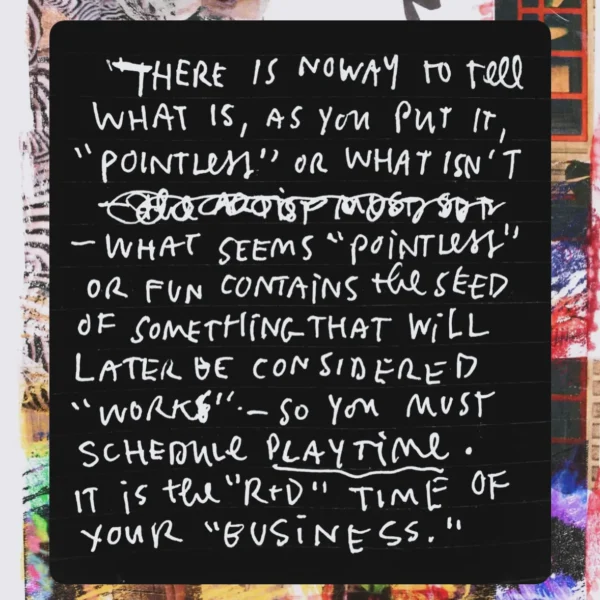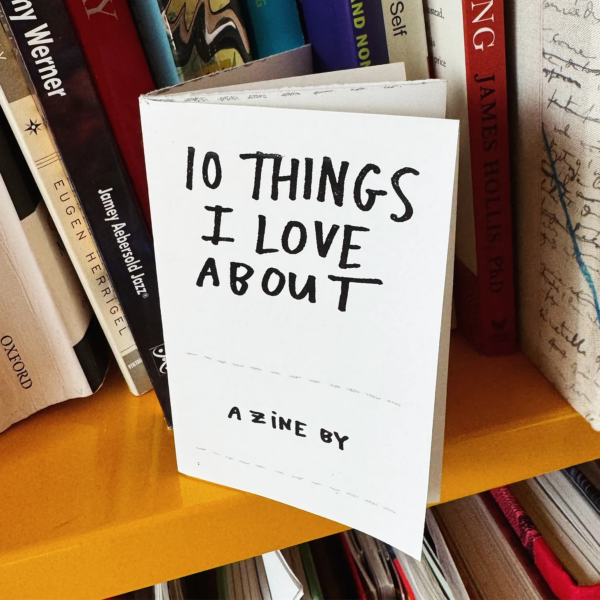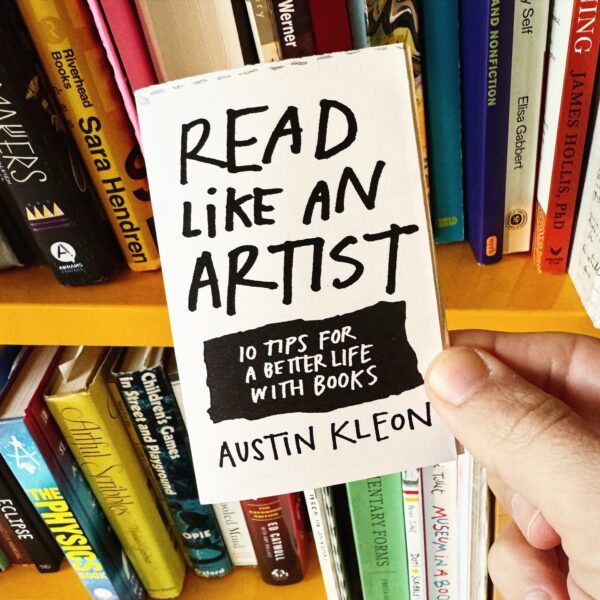
Friday’s newsletter began:
Last weekend I attended a retreat at Laity Lodge organized around one of my favorite topics: living seasonally. I got to spend some good time with my friend Alan Jacobs, made a bunch of variations of the linocut above in a workshop led by designer Dana Tanamachi, and was introduced to the pipes of Uwade, who I’m very sure you’ll be hearing more from. I also got some good hikes in around the canyon — when I arrived on Friday it was still winter, and by the time I left on Sunday, it felt like spring had sprung. (Inside and outside.)
Read the rest here.
